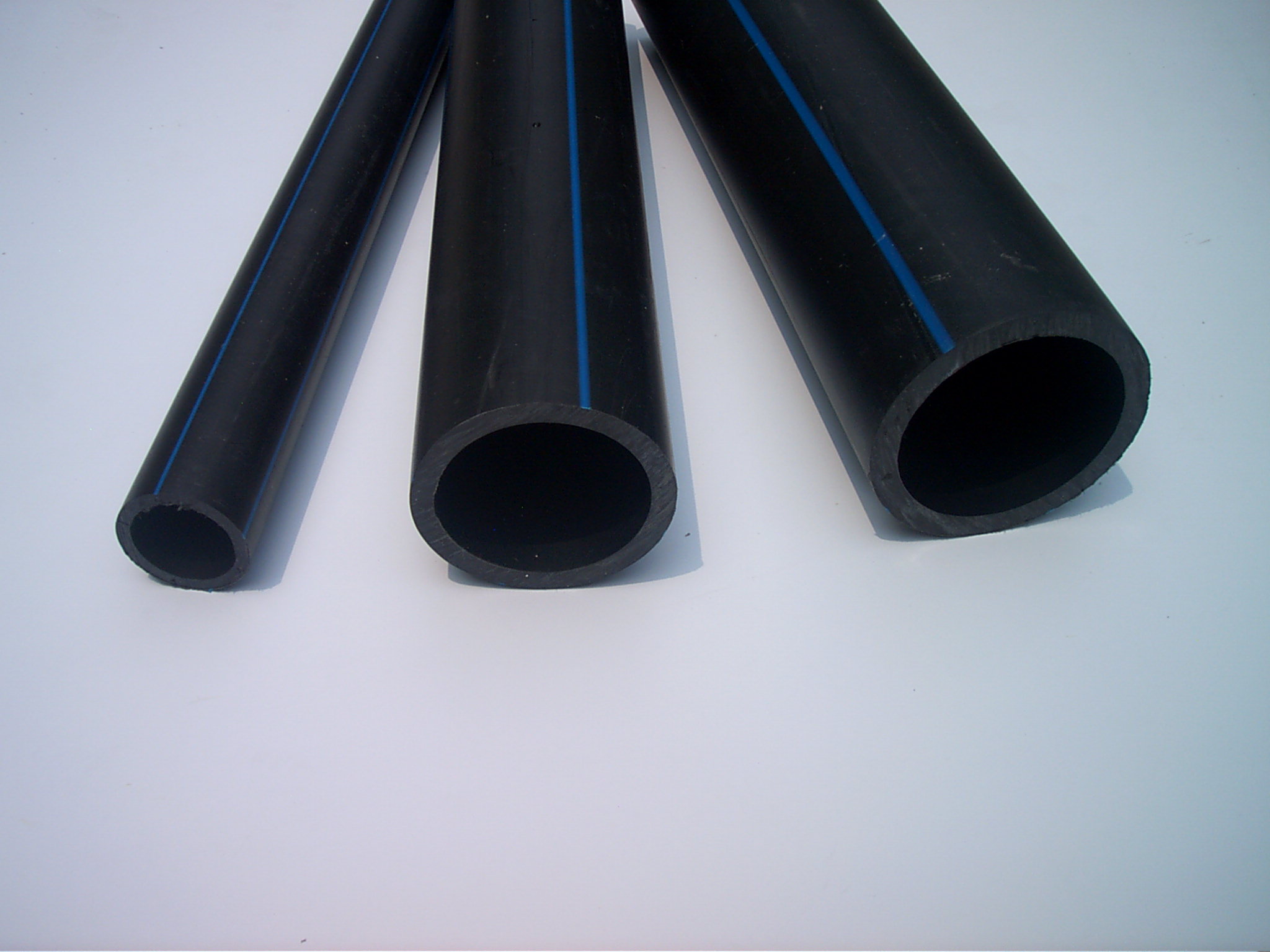Aug . 20, 2024 02:56 Back to list
Understanding the Density of HDPE Sheets and Their Applications
Understanding the Density of HDPE Sheets A Comprehensive Guide
High-Density Polyethylene (HDPE) is a versatile plastic widely used in various applications due to its excellent strength-to-density ratio, chemical resistance, and durability. Among its many forms, HDPE sheets are particularly popular in industries ranging from construction to packaging. One of the critical physical properties of HDPE sheets that play a significant role in their application is density. This article delves into the density of HDPE sheets, why it matters, and how it can be measured.
What is Density?
Density is defined as mass per unit volume, typically expressed in grams per cubic centimeter (g/cm³) or kilograms per cubic meter (kg/m³). For plastics like HDPE, density can influence mechanical properties, such as strength and rigidity, as well as thermal and electrical characteristics. Understanding the density of HDPE sheets is essential for engineers and designers, as it helps them determine the appropriateness of the material for specific applications.
HDPE Density Specifications
The density of HDPE generally ranges from 0.930 to 0.970 g/cm³. This comparatively low density contributes to its lightweight characteristics, making it an attractive choice for a wide variety of applications. Compared to other materials, such as polyvinyl chloride (PVC) or polystyrene, HDPE is lightweight yet robust, exhibiting a favorable strength-to-weight ratio.
The density of HDPE can be influenced by several factors, including the manufacturing process, the presence of additives, and the molecular structure of the polymer. For example, changes in the polymerization process can lead to variations in density, which, in turn, affects the final product's performance.
Importance of Density in HDPE Sheets
hdpe sheet density

1. Mechanical Properties The density of HDPE sheets directly correlates with their mechanical properties, including tensile strength, impact resistance, and flexural strength. By understanding the density, manufacturers can predict the performance of the sheets under various loads.
2. Thermal and Acoustic Insulation The density of a material affects its thermal and acoustic insulation properties. Higher density HDPE sheets can provide better insulation, making them ideal for specific applications, such as in the construction of sound barriers or thermal insulation panels.
3. Buoyancy and Floatation For projects that require materials to float, such as in marine applications, the density of HDPE is crucial. Since HDPE's density is lower than water, it is naturally buoyant, making it suitable for water-based applications.
4. Environmental Impact As sustainability becomes increasingly significant, understanding the density of HDPE sheets is essential for recycling and reusability. Lightweight materials often have a lower carbon footprint during transportation, contributing to overall environmental benefits.
Measuring Density of HDPE Sheets
To measure the density of HDPE sheets, a straightforward test can be conducted using the water displacement method or a laboratory-grade density meter. In the water displacement method, a sample of the HDPE sheet is submerged in water, and the volume of water displaced is measured. The mass of the sheet is then divided by the volume of the displaced water to obtain the density.
Conclusion
In summary, the density of HDPE sheets is a vital property that influences their performance in various applications. As industries continue to explore innovative uses for HDPE, understanding the nuances of its density will enable better design decisions and enhance the overall functionality of products. HDPE's lightweight yet durable nature, combined with its favorable density range, ensures that it will remain a critical material in an array of sectors, from construction to packaging and beyond. Whether for engineering applications or everyday products, the significance of HDPE sheets and their density cannot be overstated.
-
Durable PP Rigid Sheet: Lightweight, Chemical Resistant Solutions
NewsAug.21,2025
-
PVC Grey Sheet for Extraction: Chemical Resistant & Durable
NewsAug.19,2025
-
Durable PVC Pipe Fittings for Plumbing & Irrigation Needs
NewsAug.18,2025
-
HDPE Steel Belt Reinforced Spiral Corrugated Pipe | High Strength
NewsAug.17,2025
-
HDPE Pipe Fittings: Durable, Leak-Proof Solutions
NewsAug.16,2025
-
Premium CPVC Sheet: High-Temp & Chemical Resistant Solutions
NewsAug.15,2025

